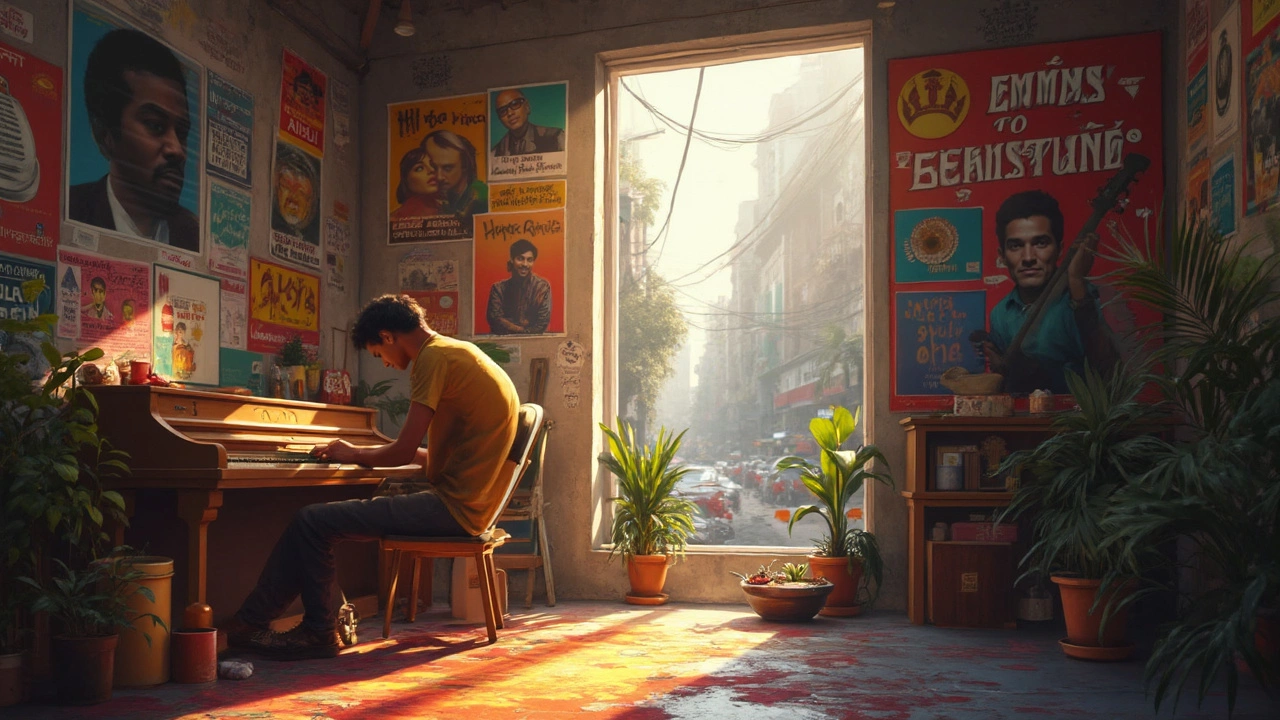Home Studio Setup: Simple Steps to Shoot Like a Pro
Thinking about turning a spare corner into a photo studio? You don’t need a big room or expensive gear. With a few basics you can capture sharp, bright images that look like they were shot in a commercial space. Below is a quick plan you can follow today.
First, pick a spot with enough room to move around your subject. A closet, a small bedroom, or even a balcony works as long as you can set up a backdrop and a light source. Measure the width and make sure you have at least a two‑meter stretch for full‑body shoots. If space is tight, start with portrait‑only setups – they need less room and still look professional.
Choosing the Right Lighting
Lighting is the heart of any studio. Natural light from a window is free and soft, perfect for beginners. Position the subject about a meter away from the window, and use a white reflector (a piece of foam board works) to bounce light back onto the face. If you shoot after sunset or need consistent results, invest in a basic continuous LED light or a softbox kit. These lights are affordable, run on standard plugs, and give you control over brightness.
When you add a second light, place it at a 45‑degree angle opposite the first one. This creates a classic three‑point lighting pattern: key light, fill light, and a small backlight to separate the subject from the background. You don’t need a full rack of lights – a single LED with a diffuser and a cheap reflector can mimic the same effect.
Budget‑Friendly Backdrops & Props
Plain walls are a great start. Paint a section matte white or use a roll‑up fabric backdrop that you can hang on a tension rod. Fabric costs less than a printed backdrop and folds away when not in use. If you want texture, grab a sheet of plywood painted with chalk paint – it adds a rustic vibe without breaking the bank.
Props don’t have to be fancy. Household items like wooden crates, vintage chairs, or a simple plant add depth. Keep a small box of items you can swap in and out depending on the shoot’s mood. The key is to avoid clutter; each prop should serve a purpose.
Now, set up your camera. Most smartphones today produce impressive results when paired with good lighting. If you have a DSLR, use a 50mm lens for portraits or a 24‑70mm zoom for versatility. Keep the ISO low (around 100‑200) to reduce noise, and set the aperture between f/2.8 and f/5.6 for a pleasant background blur.
Finally, edit your photos. Free apps like GIMP or mobile editors let you adjust exposure, contrast, and color balance in minutes. Add a slight vignette to draw attention to the subject, and you’ll have a polished image ready to share.
Remember, a home studio grows with you. Start simple, test your lighting, and add gear only when you need it. Soon you’ll be shooting product photos, portraits, and creative projects without ever leaving your own space.
